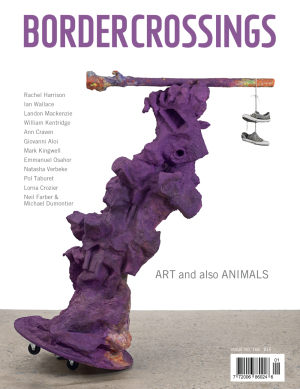Articles
-
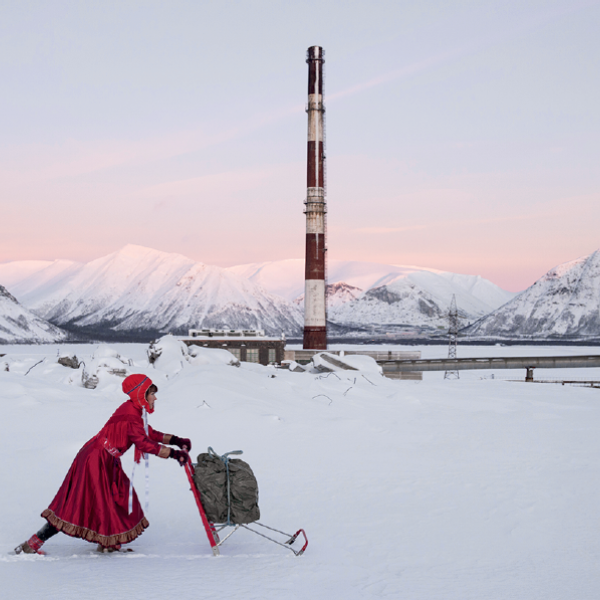
“ᐊᕙᑖᓂᑦ ᑕᒪᐃᓐᓂᑦ ᓄᓇᑐᐃᓐᓇᓂᑦ // among all these tundras”
-

Bonavista Biennale
-

Liz Magor
-
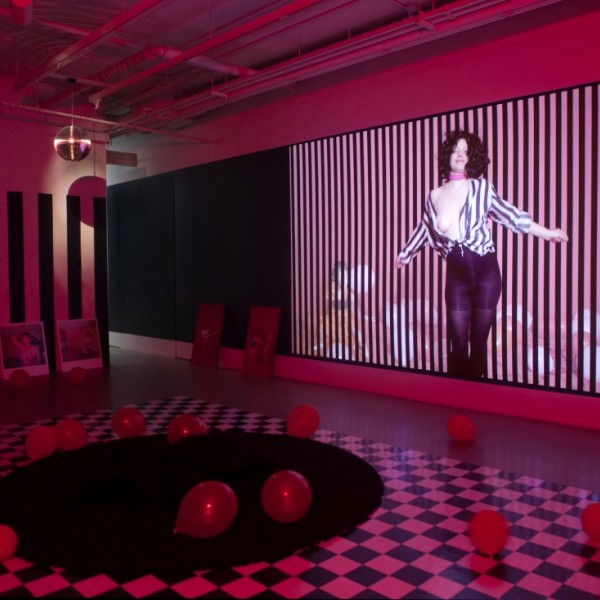
Karen Asher
Winnipeg artist Karen Asher has so far been known primarily for her impressive photography. Her intimate portraits, which could call to mind Nan Goldin and Diane Arbus, are often set in unstaged domestic environments or unidentifiable outdoor locations and focus on everyday people.
-
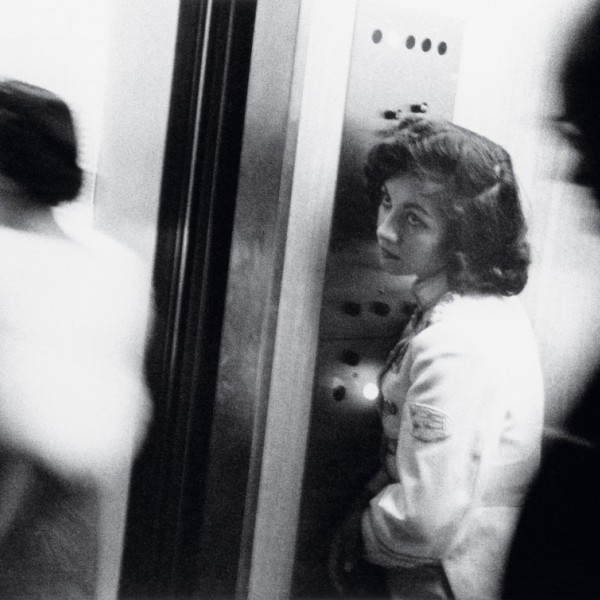
Swimming Upstream
Tuesday, September 10, 2019, 9:30 a.m. My wife, Cynthia, calls me to tell me that Robert Frank had died the day before. I’m grateful I learned the news from her. Nearly 30 years earlier, just married, young and finding our way, we moved together across the US—Tucson, Arizona, to Washington, DC—so I could take the job of my dreams, organizing the archive of the world’s greatest photographer-artist.
-
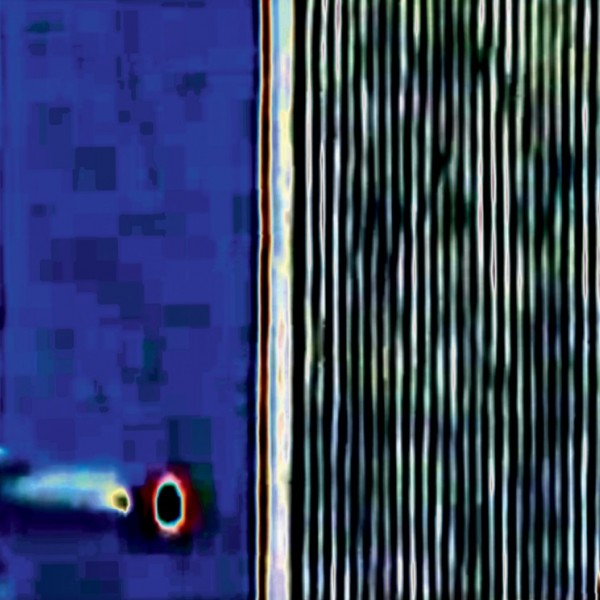
Luminous Being
In October of this year the Montreal-based, award-winning photographer Benoit Aquin published a book in Paris called La dimension éthérique du réseau par Anton Bequii (The Network’s Etheric Dimension by Anton Bequii).
-

The Hand Made’s Tale
Lindsay McIntyre’s films are familial and cultural meta-narratives; at the same time that they tell the story of her Inuk great-grandmother’s life, they also tell the story of their own making.
-
Words About Pictures
In this suspicious and cynical time it is obligatory, in the interests of transparency, to admit to something referred to as “full disclosure.” Since I am a creature of my time, here is my admission: I am a print interview freak.
-
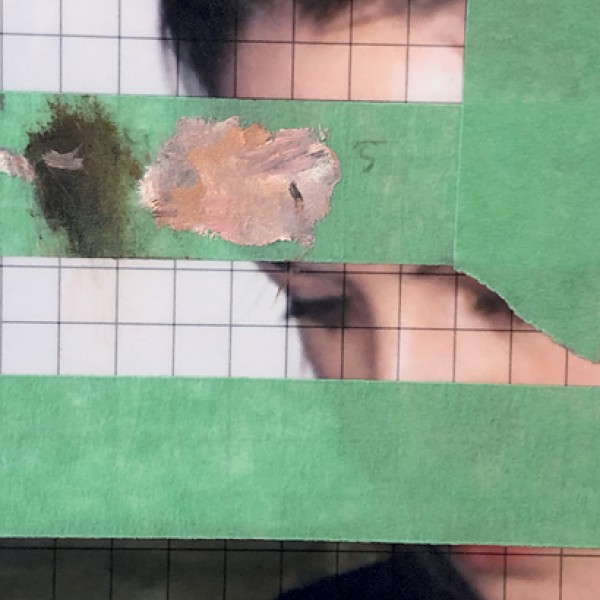
Recovery Artist
Alex Bierk has both feet firmly planted in the present because he has two feet rooted in the past. His past was a difficult one: an accomplished family with six siblings to emulate, and fail to measure up to; the death of both parents four years apart; and a lengthy descent into various addictions followed by a nine-month-long rehabilitation.
-
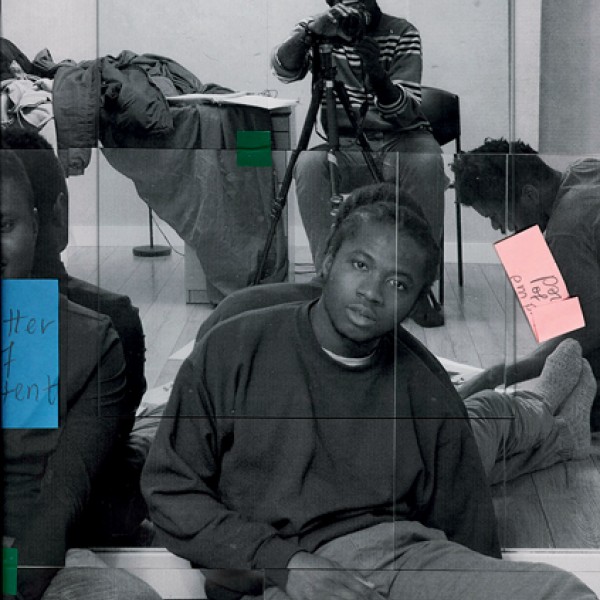
Objective Portraiture
Luther Konadu, the Winnipeg-based photographer and writer, is on a roll. In 2019 he won three national competitions: BMO’s 1st Art!, the Scotiabank New Generation Photography Award and the Salt Spring National Art Prize. He has done residencies at Salt Spring Island and at Gallery 44 in Toronto, where he was writer-inresidence, and was commissioned by the ‘New Yorker’ magazine to do a portrait of Roberto Carlos Lange, the electronic folk pop singer who performs under the name Helado Negro.
-
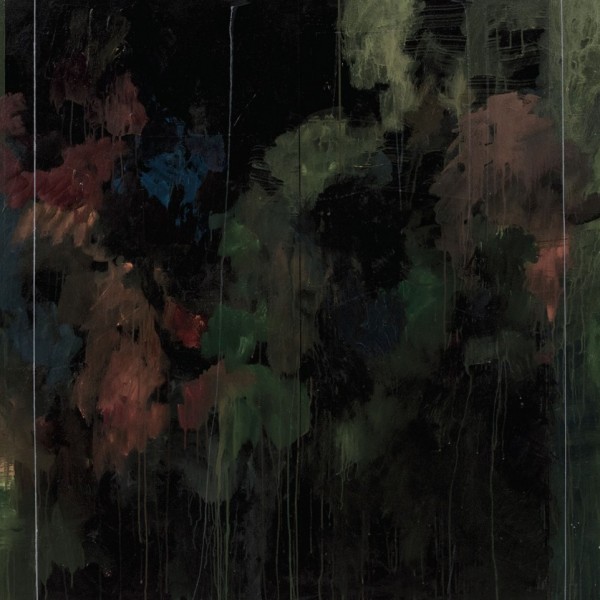
Entanglements
A discriminating survey is the most tantalizing and revealing of exhibitions because it tells us much, and promises even more. Entanglements, which includes 60 paintings by the perennially gifted Gordon Smith, is one of those exhibitions; it indicates how much he has achieved in his distinguished career and for how long he has done it.
-
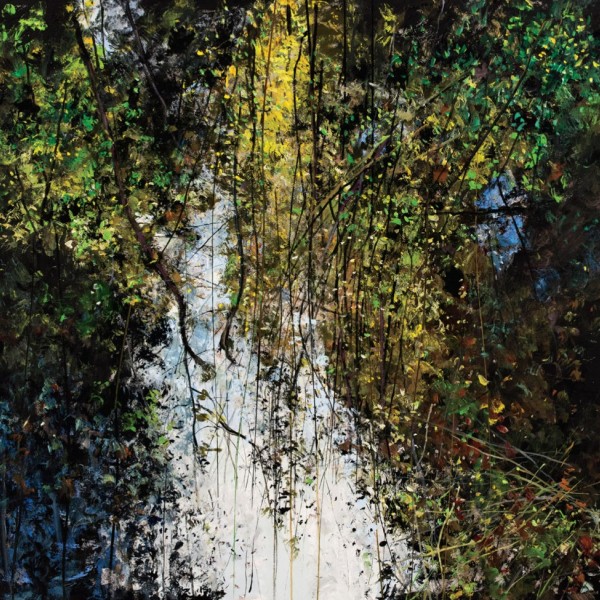
Remembering Gordon Smith
The first time I saw Gordon Smith, he was delivering a talk to a group of students at what was then the Banff School of Fine Arts. I was 19, enrolled as an undergraduate at the University of Calgary and, in an attempt to catch up on credits after switching my major from English to fine arts, was taking a summer painting course in Banff.
Haven’t found what you're looking for? Explore our index for material not available online.

